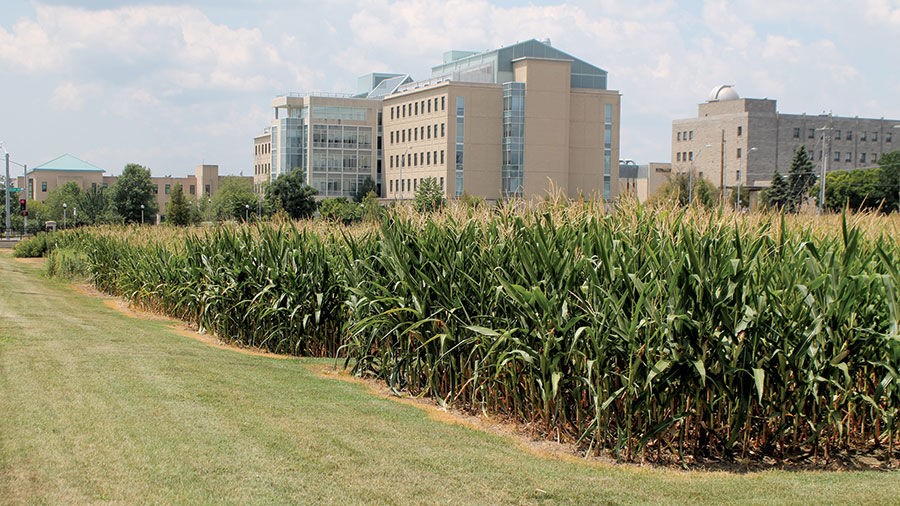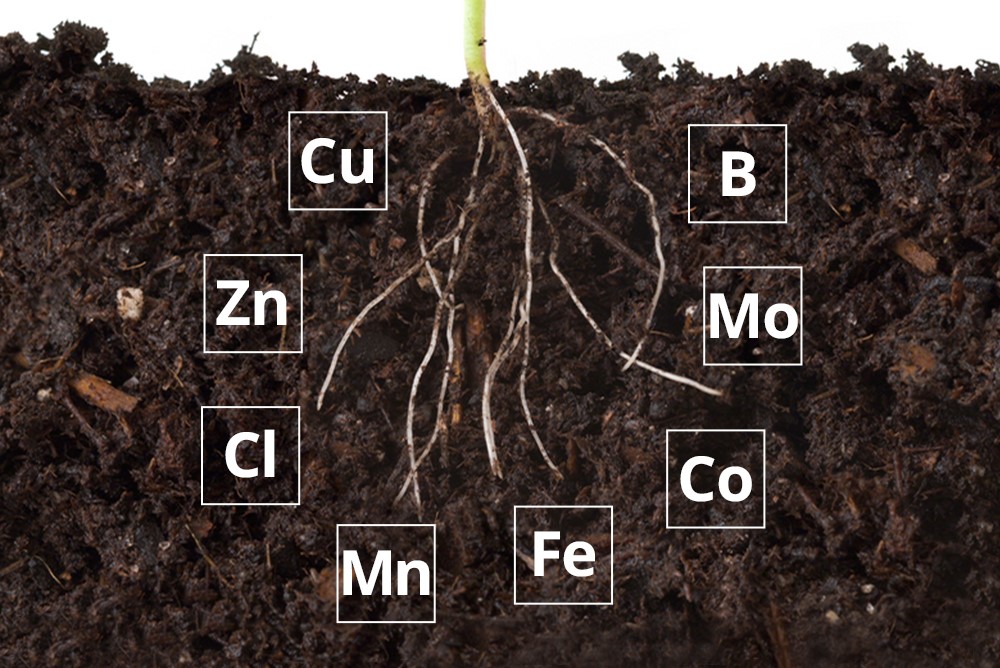Missouri Fertilizer Control Board (MoFCB) has partnered with the University of Missouri’s College of Agriculture, Food, and Natural Resources to focus on sulfur and micronutrient uses in crops. Data available in soil samples taken from Sanborn Field will provide a look into how plant nutrient needs have changed. This project was funded in addition to a biological nitrogen study being led by the University’s Soil Fertility Working Group.

Sanborn Field (Sanborn Field // Missouri Agricultural Experiment Station)
This sulfur and micronutrient project is being led by Tim Reinbott, Director of Field Operations at the University of Missouri. The project entitled, “Utilizing Sanborn Field’s Historic Soil Sampling As a Means to Adjust Soil Sulfur and Micronutrient Recommendations,” will utilize the third oldest continuous research center in the world and oldest west of the Mississippi River, Sanborn Field, to look into the past and find answers for tomorrow.
The overall objective of this project is to describe effects of long-term soil and crop management at selected timepoints on soil nutrient content to include S and micronutrients, and on overall plant and grain nutrient quality. Other objectives include:
- Comparing soil testing procedures and suggesting potential drawbacks of each.
- Applying data to update soil test recommendations of S and micronutrients and guidelines how crop management can affect S and micronutrient availability.
- Developing materials and online presentations for outreach meetings depicting all results and interactions.
Sanborn Field provides a unique opportunity due there has not been any application of micronutrient fertilizers. Some changes have been made to the management of the 38 plots while maintaining the objectives of comparing crop rotation complexity and soil fertility treatments. A second core sample was added in 2020 soil health analysis. This addition allows to relate differences in soil biology and soil physical properties to soil chemistry.
“Previous leadership had the foresight to not only take deep soil cores (four feet) from each plot every 25 years but to archive those cores so that we can examine changes in soil properties for future comparison,” stated Tim Reinbott, Director of Field Operations at the University of Missouri. “Fertilizers and air pollutants have changed over time and these archived soil cores can give us a clue as to how soil nutrients have changed over time throughout the soil profile. Surprisingly, sulfur and micronutrients have not been examined throughout the soil profile leaving a huge hole in our understanding of soil and plant nutrition in relation to soil management.”
This study will look at sulfur (S) and how it has changed due to large changes in the amount of atmospheric S deposited on the soil as there is less without use of high sulfur coal and a decrease in diesel emissions. These changes from the Clean Air Act have impacted plant available sulfur, which is necessary for plant functions such as formation of essential amino acids and chlorophyl formation.
Many producers are seeing increase in corn and wheat yields with the application of sulfur, even when within current S nutrient recommendations. Spring forage grasses are also seeing an increase in yield by 1,000 lb/acre or more with sulfur fertilizer application. This research project will look at soil changes in throughout history as well as how adaptations can be made to recommendations for the future.
Micronutrients such as copper (Cu), zinc (Zn), and boron (B) have been included in Missouri fertilizer recommendations, but typically only for sandy soils. There is recent evidence that Cu, Zn, and B could be limited in heavier soils as well. Other micronutrients, manganese (Mn) and iron (Fe) are not usually considered deficient in non-sandy soils and there is little data or applicable information available about their long-term changes in Missouri soils or how Mn and Fe interact with crop management.
“The preserved soil cores from Sanborn Field provide a unique opportunity to look at changes in sulfur and micronutrient quantity throughout the soil profile over time,” commented Andrea Rice, MoFCB Director of Research, Education, and Outreach. “I am excited to see the addition of soil health parameters and the opportunity to utilize the decades of data and how it correlates to crop response to micronutrients. This information will greatly benefit producers in fine tuning their nutrient management programs.”

Sanborn Field (Sanborn Field // Missouri Agricultural Experiment Station)
The Missouri Fertilizer Control Board is first and foremost a quality control and protection agency. It is charged with the task of ensuring a quality product for use in the state as dictated by Missouri Fertilizer Law. Every fertilizer distributer in Missouri is required to report the tonnage of fertilizer sold by their facility. A fee based upon the tonnage amount reported is remitted to the Missouri Fertilizer Control Board. The fees collected are utilized by the board to administer Missouri Fertilizer Law.
In addition to ensuring the quality of fertilizer products sold in Missouri, MoFCB is directed by Missouri Fertilizer Law to pursue nutrient research, education, and outreach programs to recommend practices to optimize nutrient use efficiency, ensure soil fertility, and address environmental concerns regarding fertilizer use. The results of research funded by MoFCB, such as this project, will be extended for practical use to farmers and agribusinesses in Missouri.

